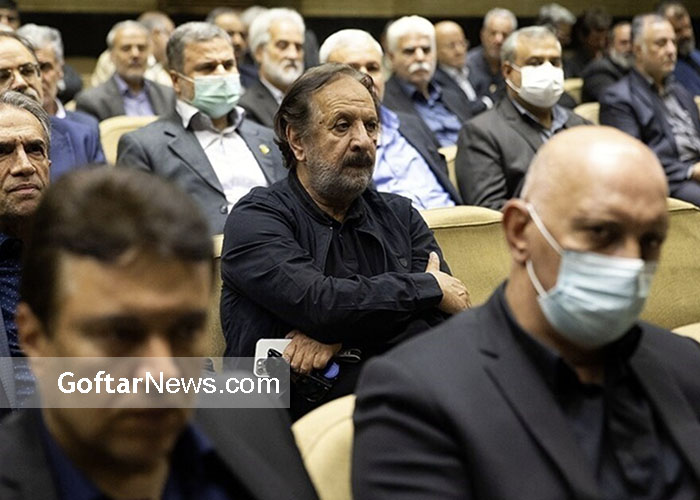The Funeral Ceremony of Hamidreza Haqqanian: Mojtaba Khamenei’s Attendance
The Funeral Ceremony and its Cultural Significance
The funeral ceremony of Hamidreza Haqqanian at Noor Mosque in Tehran was not merely a somber event but a reflection of the deep cultural and religious significance attached to such ceremonies in Iran. These gatherings go beyond being an opportunity to say goodbye; they are a manifestation of the cultural and religious tapestry that forms the fabric of Iranian society.
- The Role of Mosques: Mosques are central to the funeral rituals in Iran. These sacred spaces provide the necessary environment for reflection, prayer, and the expression of condolences. The selection of Noor Mosque for Hamidreza Haqqanian’s ceremony is in line with this tradition.
- Mourning Attire: Wearing black as a symbol of mourning is a common practice in Iran. This act of donning black attire is not just a fashion choice; it is a cultural and symbolic gesture of respect for the deceased. It serves as a visual reminder of the grief felt by the family and friends.
- Community Support: Iranian funeral ceremonies go beyond the immediate family’s circle. They are a time when the wider community comes together to provide emotional support and express their condolences to the grieving family. This sense of unity and solidarity in times of sorrow is an integral part of the Iranian culture.
- Charity in Remembrance: The act of making charitable contributions in memory of the deceased is a common practice. This is a way to pay tribute to the departed by helping those in need. It reflects the cultural values of generosity and kindness.
- Visitation Rituals: The days following the funeral are marked by friends and relatives visiting the bereaved family. This is a culturally significant way of demonstrating solidarity, offering comfort, and sharing the burden of grief.





